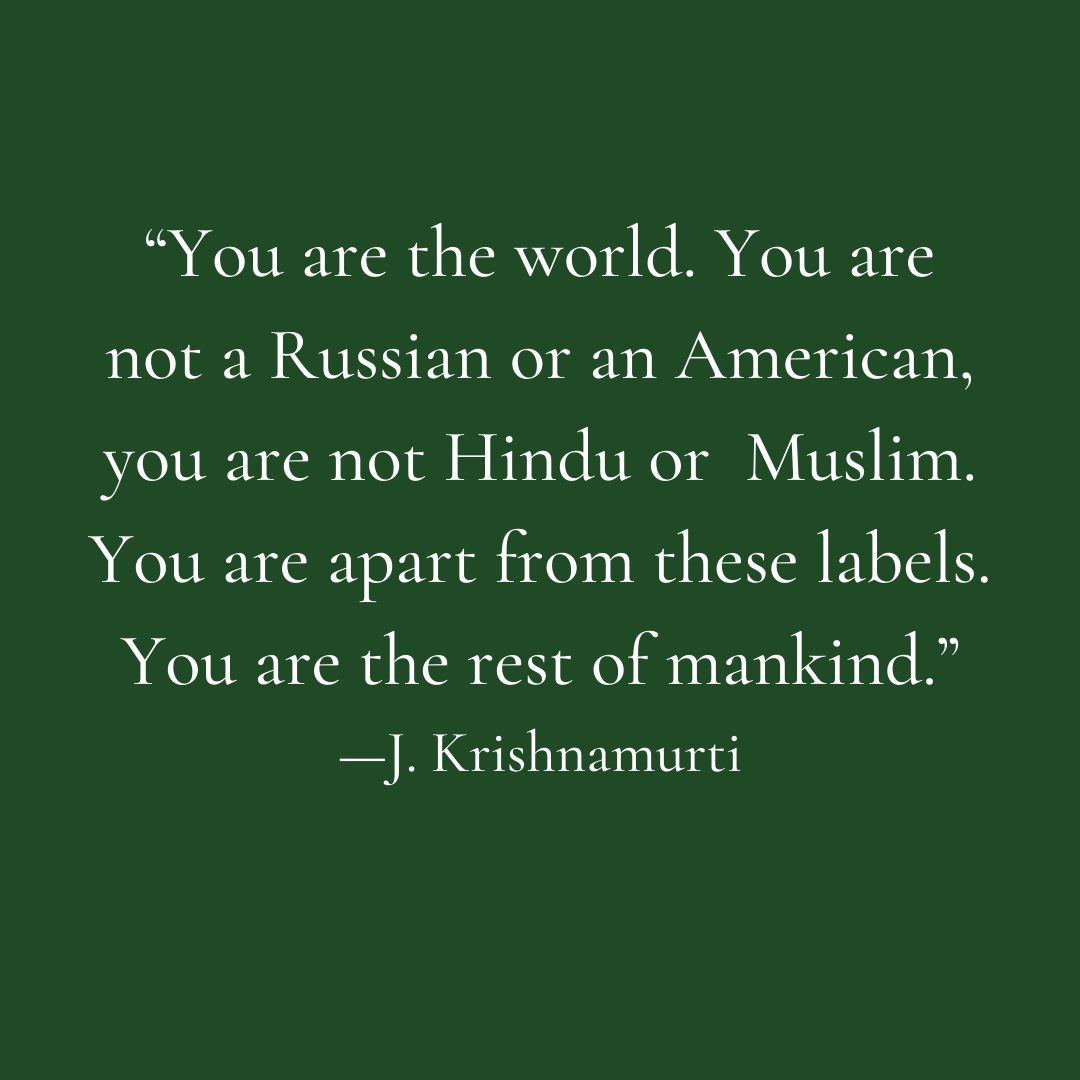If there is an ephemeral window between the naïve light-heartedness of middle school and the jaded dismissal of high school, where magical transformations can unfold in ordinary classrooms because our hearts are open to teachers who speak their own—then it is in only in the 8th grade, when we are 13 years old.
Having said that, teaching eighth graders comes with its challenges—the many manifestations of their burgeoning curiosity about their nascent adolescence— notes, tears, rumours, dares… and it is probably only those teachers who tumble through the window instead of waiting at the door who get through.
We were lucky to have a History teacher who literally fell through our window as she tried to climb into our classroom when she discovered the door was locked and we didn’t hear her knock. We laughed then but as we’ve grown we’ve come to admire the literal and metaphorical grit with which she taught us that year.
It was our first taste of ‘History’ as a stand-alone subject, before that it had always been clubbed together with Geography as ‘Social Studies’. And we, like so many others, had bought into the stereotype and decided it would be a boring list of names, places, dates, and other tidbits of information. But it wasn’t.
Even on those languorous mornings, as she sat perched on top of a desk in the front of our classroom, resplendent in her beautiful even if slightly crumpled cotton sarees, we knew that something extraordinary was beginning to unfold. Because she treated us as equals and we found ourselves rising to the occasion.
She talked to us about the big things and trusted us with their nuances: race through the lens of jazz and the blues, reproductive justice and the pro choice versus pro life abortion debate, the pervasive and practical realities of dowry in a patriarchal society, and deeply divisive communal politics and religious riots.
Perhaps she understood that the only real antidote to the self-absorption of our impending teenage would be a keen sense of social justice and so she tried to awaken in us a compassion for those less fortunate and for the world at large. Or perhaps she simply shared with us a piece of her own worldview.
And then she listened—with bright eyes and indulgence. She listened to us as we stumbled through parts of our consciousness that we had not explored before. She listened as we began to articulate ideas that we felt a deep resonance with even as we tripped over the unfamiliar words through which we shared them.
When class was over but we had more to say, she asked us to write our thoughts down in a journal. And then she read—with a pen in hand to write notes for us in our margins. She engaged us in lively conversations where we were probably only able to scratch the surface with the faith that depth would certainly follow.
And the truth is that we did learn to think critically. It was never enough to come to History class that year having done your reading and ready to summarize it. You had to be willing to contribute a piece of your heart. You had to be wide awake and alive to questions that would force you to reconsider the status quo.
Perhaps our teacher believed that to teach History at a school founded by the philosopher J. Krishnamurti meant introducing us to his ideas about the world: “You are the world. You are not a Russian or an American, you are not Hindu or Muslim. You are apart from these labels. You are the rest of mankind.”
Being the granddaughter of refugees, who came from Lahore to Bombay during Partition in 1947, I was keen to delve deeper into that definitive moment of fracture that had had an impacted my family so deeply. She encouraged me to collect oral histories of the Partition to understand its traumatic lived reality.
She wanted us to leave her class with a clear-headed view of our collective past and a willingness to engage thoughtfully with current affairs. And though she was not the ‘best’ teacher we had in terms of pedagogy, truth be told her History classes were the most formative ones—shaping each of us in different ways.
She planted the seeds of feminist theory in me. And a few years later, when she discovered from my Literature teacher that I had particularly loved a poem of Sylvia Plath’s, she encouraged me to apply to Plath’s alma mater Smith College because she guessed that I would thrive in its vibrant Women’s Studies program.
At college and later at graduate school, I found myself in the midst of many wonderful professors who opened up all kinds of different windows to look out at the world through—each of them expecting original perspectives from us. And drawing from those high school History classes, I rose to occasion once more.
A few years ago, I returned to my old school to teach. Someone had said to me before I left, “If you love the place so much, you should come back…” and so I did. And then last year, rather serendipitously, I was asked to teach 8th grade History. At first, I hesitated… thinking of how I would have to tumble through windows.
With all the grit and grace that I could muster, I decided to embark on what has proven to be the most heady, nervy, and intellectually stimulating creative work—navigating that forgotten sea of notes, tears, rumours, and dares to get to the other side—the pristine sense of social justice that only 13-year-olds possess.
And what a rare and remarkable privilege it has been. Lucky for me that I have glimpsed what a difference this class can make. I can only hope that my students will get a sliver of that sense of wonder too. And I can talk to them about the big things, trust them with the nuances, listen, read, write notes. That’s all.
